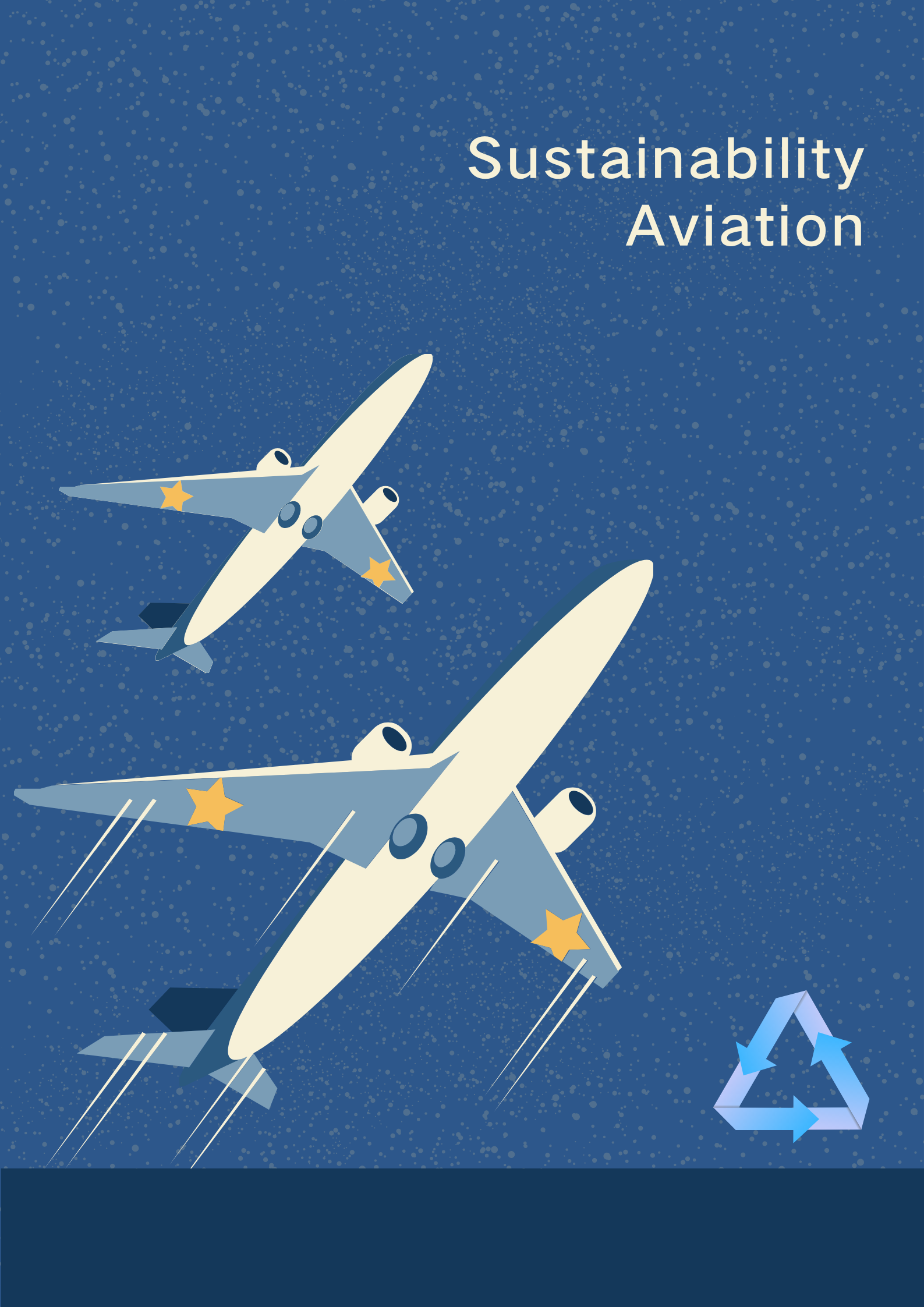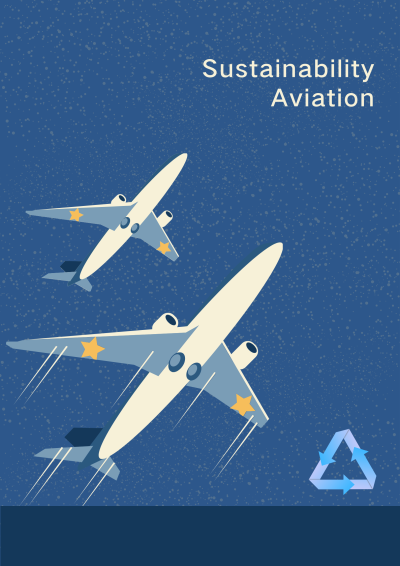
Sustainable Aviation
Five ways to be sustainable for airlines.
The rapid development of modern science and technology has led to the deterioration of the human ecological environment, and the consumption of natural resources and energy has destroyed the ecological balance of the earth. Under this background, sustainable development came into being. April 22 is the annual Earth Day, and this year’s theme is “Cherish the Earth, Harmonious Coexistence between Man and Nature”. As we all know, air transport companies have always been the carbon emission reduction behaviors that are highly valued by the international community. Airplanes have a huge impact on environmental pollution. Airlines need to always adhere to the principles and measures of sustainable development, which are deeply rooted in all fields of aviation, hoping to fulfill their social and environmental responsibilities in a healthier and more environmentally friendly way. Sustainable development is the premise of continuing a better life. We still need to continue to explore the road ahead. We hope that every green move can contribute to a sustainable aviation industry to the greatest extent and create a better future together! Let’s take a look at where airlines are making changes to participate in the SDGs.
Here are five sustainability ideas for airlines to build a better tomorrow for airlines and the world.
Suppliers and Supply Chain
In the past few years, airlines have worked closely with suppliers and non-profit organizations to provide environmentally friendly products, while ensuring overall product quality, while also minimizing the airline’s environmental impact. Providing passengers with high-quality, sustainably designed inflight items reduces the environmental impact of aircraft operations and helps meet passenger expectations for waste and resource use. The plastic tableware on the flight has been sorted, cleaned and disinfected and can be completely recycled. Large quantities of blankets on planes can also be made from recycled plastic bottles, with studies showing that more than 450,000 blankets are used each year. Unopened blankets can be reused on subsequent flights.
Food waste
Airlines strive to avoid food waste while providing quality meals to passengers. The meals provided by the flight will also be traceable to the source, not only the raw materials of the ingredients are selected from agricultural products. Since 2014, Air China has cooperated with the charitable organization Le Rates to distribute excess food to those in need. In 2018, it donated a total of 434 tons of food. It also cooperated with another organization, “Canteen Food”, to use the collection of fresh food and ingredients to provide warm meals for the nursing home. Catering services can also collect used cooking oil from their own kitchens and work with biodiesel companies to process waste cooking oil into automotive biodiesel. The advantage of biodiesel is that it comes from renewable sources, reducing emissions by 30% and a large amount of greenhouse gases compared to conventional fuels.
Reduce plastic usage
With the increasing awareness of global environmental protection, the issue of plastic reduction has attracted more and more attention. Likewise, airlines need to carry out plastic reduction research projects, scrutinize what they are doing now, and rethink what can be improved. It is recommended that the company’s environmental protection principles be fully upgraded from 3R to 4R, including before use, Rethink, Reduce, Reuse and Recycle.
Many airlines have stopped supplying plastic straws and stir sticks, and no longer offer plastic takeaway bags, which means 18 million plastic straws and stir sticks could be saved from landfills each year. Airport VIP lounges and in-flight services are also gradually replacing plastic tableware with non-plastic utensils, in response to plastic reduction actions, hoping to eventually eliminate and replace single-use plastic products. The lunch box is made of 100% renewable and degradable natural bamboo pulp, and the straw is also best made of biodegradable PLA environmentally friendly material.
Old uniform makeover
The concept of environmental protection is implemented in all aspects of work, and it is also reflected in the uniforms. Cathay Pacific, for example, has teamed up with the charity design group Redress to recycle and up-cycle old Cathay Pacific uniforms. Designers have repurposed old uniforms to create ingenious creations, such as a practical and Cathay Pacific travel bag. They also collaborated with designers and invited retired textile workers and disabled people to make 3,000 multi-purpose red envelopes from old uniforms. All proceeds from the sale of red envelopes are donated to charity partners. The future isn’t just about recycling uniforms, we’ve seen too many clothes not being used to their full potential, so we hope people can keep a jacket for twenty years. There are many things that can be recycled globally, and in different ways. This should become a natural thing, instead of hindering our creativity, it will encourage us to create something new.
![]() Old aircraft recycling
Old aircraft recycling
And one of the key points of sustainable development projects is to make good use of technology to improve efficiency. So, while introducing new aircraft to the fleet, it also brings better fuel efficiency and more advanced technology. An airline took delivery of eight newest A350–1000s in 2018, and six older models were retired the same year. It has been verified that up to 90% of the components of old aircraft can be recycled, reused and repaired. So they cooperate with the aviation industry and companies specializing in aircraft retirement solutions. After the aircraft is retired, it will be sent to a factory in the south of France for disassembly. The engine, auxiliary power system, landing gear and other movable parts can be recycled. The main raw material of aircraft is aluminum, which is extremely durable and recyclable. Aluminum metal can be sold to other industries after being melted, reducing the energy consumption required to produce new metal. And with the improvement of the quality of the aircraft, the use of materials can be noticed when manufacturing the aircraft, and the aircraft made of more environmentally friendly and recyclable materials will be recyclable accordingly.

